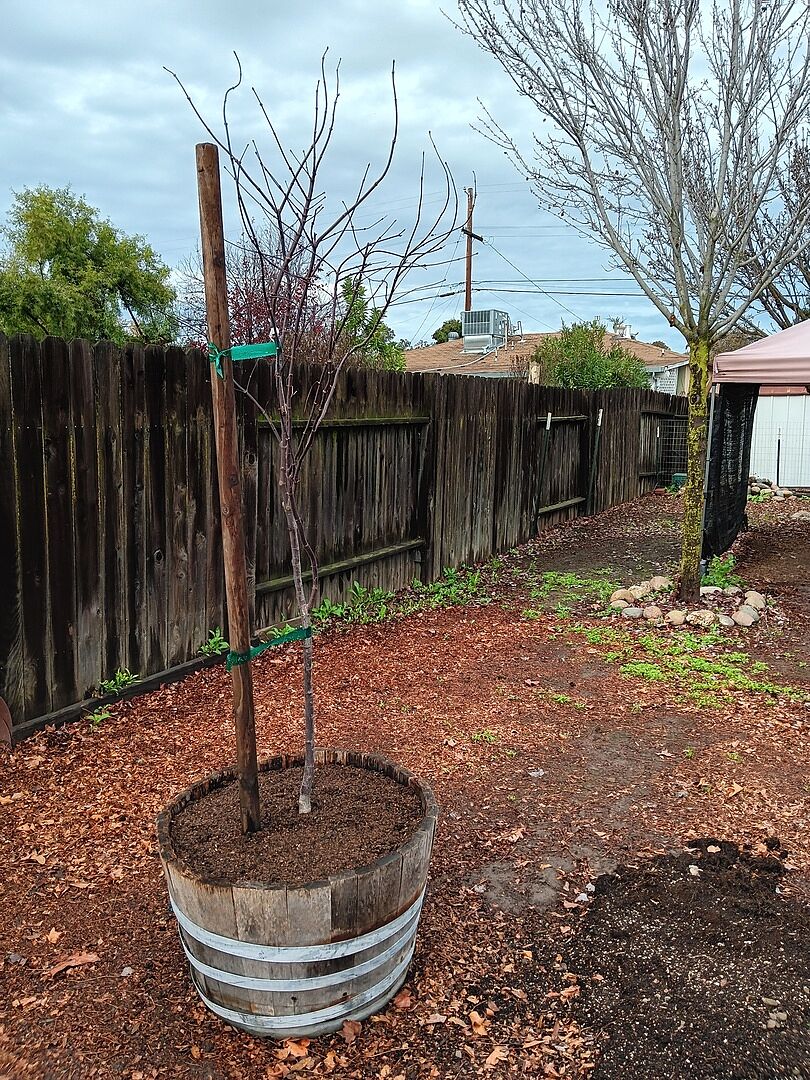As gardeners, we take pride in making sure all our plants have the best care possible. Part of that care includes avoiding damage that might occur when the weather starts to get too cold. Keep reading to learn about frost dates in your area!
What are Frost Dates?
There are two frost dates: the first frost date and the last frost date. Frost occurs when the air temperature reaches 32℉ or lower. As the name suggests, the first frost date is simply the average day in your area when the temperatures reach 32℉.
Similarly, the last frost date is the average last day for your area where the temperatures no longer get colder than 32℉. These dates vary year to year and, of course, depend on location.

Why Do They Matter?
Plants are strong, but they may need a little help if they’re being grown outside of their native range. For example, a tropical plant like a banana will grow fine in zone 8, but might have to be protected or brought inside for the winter to avoid damage, while a Pine Tree can stand the cold. This is why choosing the correct plants and knowing the care they’ll need is so vital to success.
Levels of Freezing and Damage
- A light freeze (29℉ - 32℉) will harm or even kill tender, new growth or sensitive plants like bananas, aloe, and elephant ears.
- Moderate freezes are a little colder, around 25℉ - 28℉, and can be destructive to most vegetation that is not prepared for the cold. You might see some leaves turn brown or black and be limp with no structure.
- A severe freeze is classified as anything colder than 24℉. At these temperatures, you can expect to see severe damage or death to plants that are not hardy in those temperatures.
Average Frost Dates by Zone

Average Frost Dates by Major Cities
New York City, NY
- First Frost: 11/12
- Last Frost: 4/5
Washington DC
- First Frost: 11/15
- Last Frost: 3/29
Dallas, TX
- First Frost: 11/25
- Last Frost: 3/3
Charlotte, NC
- First Frost: 11/9
- Last Frost: 4/12
Atlanta, GA
- First Frost: 11/16
- Last Frost: 3/24
Houston, TX
- First Frost: 12/20
- Last Frost: 2/8
Chicago, IL
- First Frost: 10/24
- Last Frost: 4/20
Philadelphia, PA
- First Frost: 11/4
- Last Frost: 4/6
Denver, CO
- First Frost: 10/4
- Last Frost: 4/30
Boston, MA
- First Frost: 11/7
- Last Frost: 4/7
Nashville, TN
- First Frost: 10/28
- Last Frost: 4/6
Raleigh, NC
- First Frost: 10/28
- Last Frost: 4/10
Las Vegas, NV
- First Frost: 11/27
- Last Frost: 2/16
Austin, TX
- First Frost: 11/30
- Last Frost: 3/1
Columbus, OH
- First Frost: 10/13
- Last Frost: 4/26
Detroit, MI
- First Frost: 10/17
- Last Frost: 4/26
San Antonio, TX
- First Frost: 11/25
- Last Frost: 2/28
Indianapolis, IN
- First Frost: 10/18
- Last Frost: 4/18

Tips to Stay Ahead of Possible Damage
- Remember, the dates here are only estimated using past data, so be sure to keep an eye on your local weather forecast to stay ahead of any surprising cold snaps.
- Make sure you know your plant’s limits. Some plants will require more protection than others. To find out the temperature, look on the plant’s product page, and below the map, you’ll see the temperature that the plant can withstand without severe damage.
-
Stay ahead of the game! You can start to transition your plant sooner than the night before the temperatures drop. If you need help on how to transition, check out our resource, Winter Care: How to Prepare Your Patio and House Plants for Winter.
As Content Strategist at FastGrowingTrees.com, Sarah is smitten with words and a fanatic for flowers, particularly cut florals and house plants. With a love for curating compelling content, she also enjoys furthering her plant knowledge along the way! A few of her favorite flowers include hibiscus, hydrangeas, peonies and dahlias.
Sarah’s fondness for plants was cultivated through many childhood trips to Longwood Gardens in southeastern Pennsylvania, as well as through her first job out of college at a floral event design company. In her free time, catch her snapping photos of anything and everything, day-dreaming about interior decor, and enjoying the outdoors any chance she gets.






























































































































































































































































